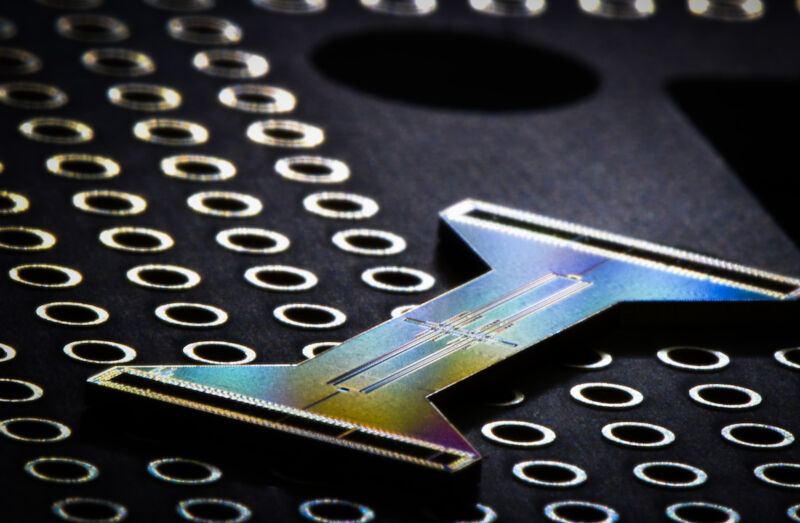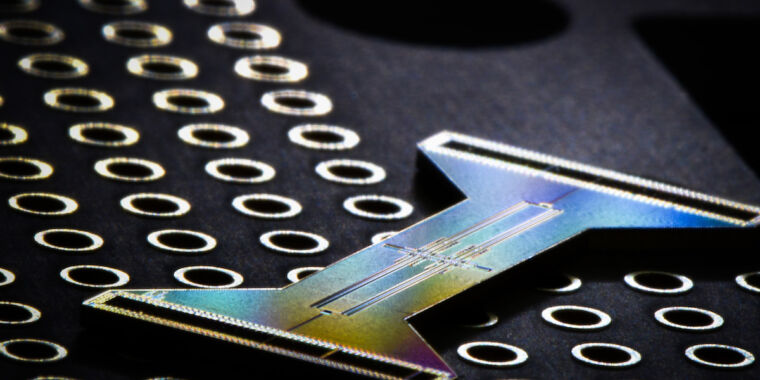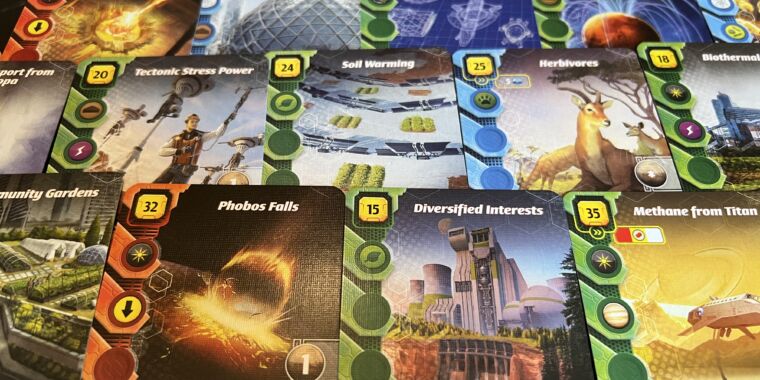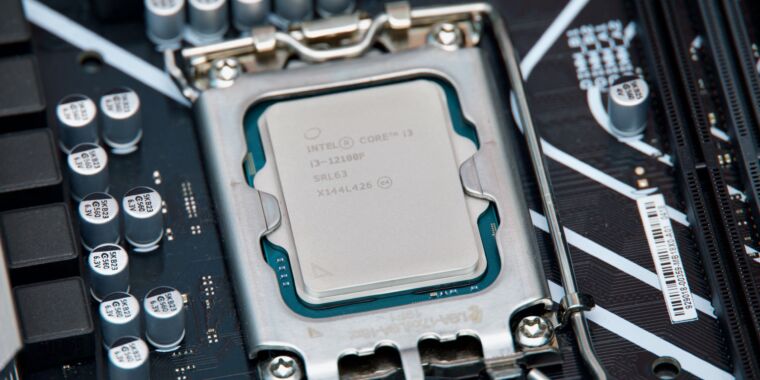
You can almost hear the indrawn breath from newsrooms around the world. Specialist science journalists have hidden themselves in the bathroom to weep quietly. The cause of such despair? Someone has released a paper containing the word “topology”—something no one knows how to explain, which forces people to resort to metaphors about donuts being forced to become coffee cups, despite there being neither coffee nor donuts on offer.
And although topology is fundamental to the new results, it is also tangential to explaining them (in my view, anyway). So what are those results?
One of the big problems with quantum computers is that they accumulate errors, and the speed at which that happens limits the complexity of the problems they can solve. This new paper shows how to reduce errors, not by engineering but by understanding (and using) the right quantum states and their coupling to generate a system that is naturally more immune to certain types of noise. So grab a coffee and a donut, and let’s dive into the noisy world of qubits.
Teenage qubits never keep the noise down
The researchers worked with a quantum computer based on 10 trapped ions. Each ion is a single qubit (the quantum equivalent of a single bit), with the one and zero values defined by the ion’s quantum state. The quantum state of each ion can be changed by applying magnetic fields and shining lasers on them.
Unlike a digital system, where a bit can be flipped from a one to a zero with certainty, a quantum computer operates in an analog world. The equivalent of a bit flip in the quantum computing world means inverting the probability of a bit being measured as a one or a zero. For instance, if the probability of a qubit being a one was 75 percent, a bit flip would change that to 25 percent.
Also unlike a digital system, this process is somewhat prone to errors. To perform a bit flip operation on a qubit, a certain amount of energy has to be applied to the qubit. This might be done by a laser that shines for a specific duration with a specific power. But lasers aren’t perfect, so no operation goes exactly as planned. The inverted qubit is, like Wesley, only mostly inverted. After several imperfect bit flips, the qubit state will be completely random and unusable.
A more insidious form of error is called a “coherent error,” in which changes in the state of one qubit influence the qubits that the first one is coupled to. But you need that coupling to perform computations, presenting a bit of a quandary.
As we’ve discussed, a qubit has a state. But in a quantum world, that state changes with time. This change should follow a predictable pattern so that computational operations can be timed just right. The longer the state changes predictably, the more coherent the system is. In coherent errors, the neighboring qubits exert a pull on each other so they still change in a non-random way (and so they’re still coherent), but that pull causes the change to occur at a different rate. This means that computational operations will be timed incorrectly. You might think of this as a systematic error, but it’s one that is different for every computation.
This new paper realizes a scheme that uses the Fibonacci sequence in combination with the coherent coupling between qubits to slow the buildup of coherent errors.








